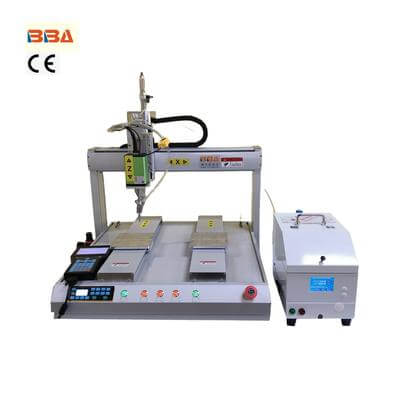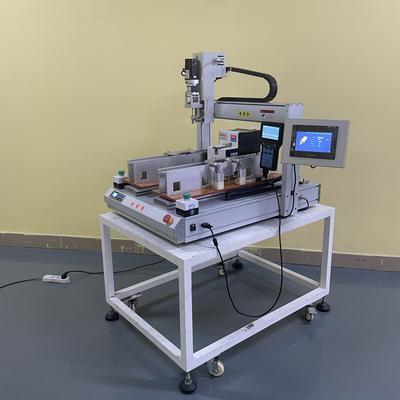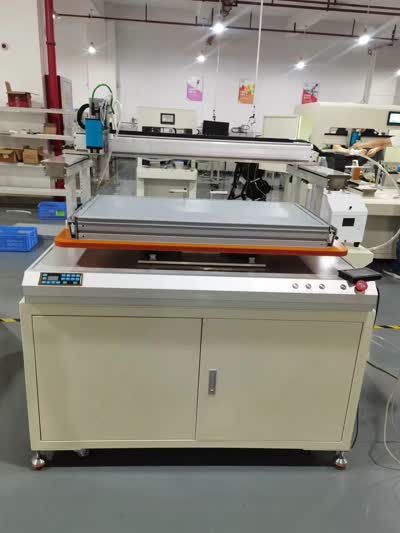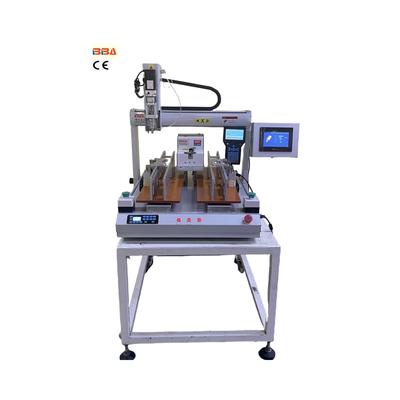Programmable Servo Tightening Machine Applications | Multi-Industry Screw Pattern Customization Technology
| Product Name | Applicable industries |
| Smart Screw Driving Machine | Telecommunication Equipment Assembly |
Programming Servo Screw Drivers for Different Screw Patterns
In modern industrial automation, precision and flexibility define production success. Servo screw drivers revolutionize fastening processes by offering unprecedented control over torque, angle, speed, and sequence. Unlike traditional pneumatic tools, these programmable devices adapt seamlessly to diverse screw patterns—from compact electronics to heavy machinery—ensuring perfect fastening every time.
Core Principles of Programming Flexibility
Servo screw drivers excel through real-time control algorithms. Programming involves tailoring three critical parameters:
- Torque Profiling: Adjust torque limits ±0.5% for delicate or high-tensile joints. Over-torqueing errors drop by 95% compared to unregulated tools.
- Angular Control: Set rotation angles to 0.1° precision for screws requiring specific seating depths or thread engagement.
- Dynamic Sequencing: Program multi-stage patterns (e.g., soft start + gradual torque ramp + final hard stop) to avoid cross-threading.
Adapting to Complex Screw Patterns
Different products demand unique patterns. For example:
Electronics Assembly: M1.4 screws on circuit boards require ultralow torque (0.05–0.2 Nm) and stepped sequencing to prevent PCB damage. Clutch-based drivers fail at this precision.
Automotive Modules: Engine components need patterns combining high torque (up to 25 Nm) with angular monitoring. Programmable servo systems log each screw’s rotation data for ISO 9001 traceability.
Multi-Size Product Lines: One servo driver can store 100+ recipes. Switch between M3 cabinet screws and M8 structural bolts in seconds.
Programming Best Practices
Optimize setup efficiency with these tips:
- Conduct joint analysis to map material hardness, lubrication, and screw specs.
- Use parametric programming: Input screw diameter/pitch to auto-calculate torque thresholds.
- Implement in-process monitoring—screw drivers can halt production upon detecting thread defects or misalignment.
Benefits of Adaptive Fastening
Replacing fixed-torque tools with programmable servo drivers yields measurable gains:
- 30–50% fewer assembly defects.
- Tool changeover time cuts by 80%.
- Energy savings exceed 40% by eliminating constant air compression.
As manufacturing shifts toward high-mix, low-volume production, programmable servo screw drivers transform flexibility from luxury to necessity. Their data-driven precision future-proofs assembly lines against evolving screw patterns, materials, and quality demands.



